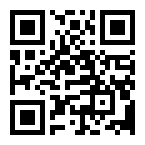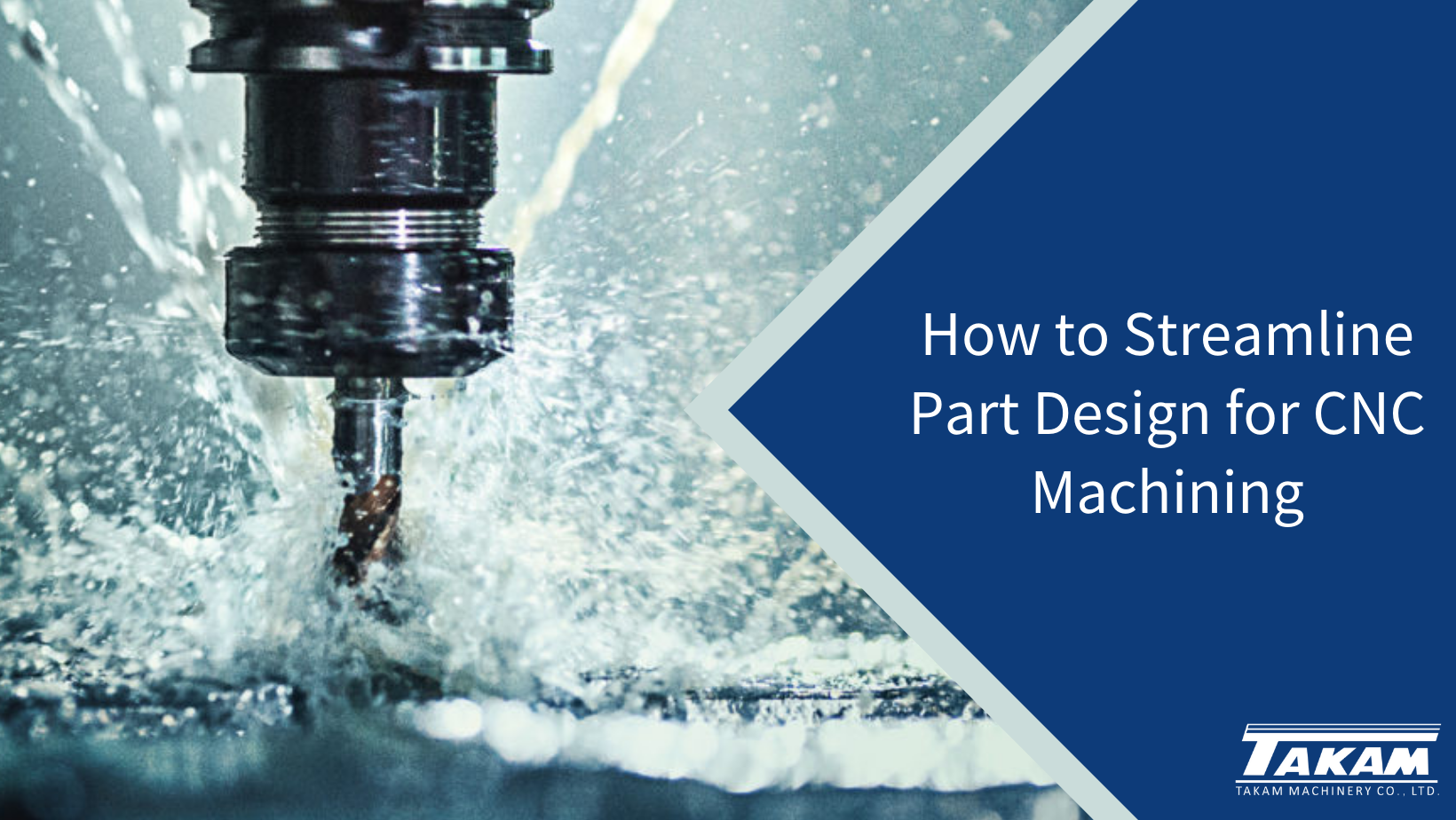How to streamline part design for CNC machining
Streamlining part design for CNC (Computer Numerical Control) machining is crucial to ensure efficient and cost-effective manufacturing. Here are some steps and tips to help you achieve this:
1.Define clear design goals:
Start by understanding the specific requirements and constraints of your project. What is the function of the part? What materials will be used? What are the tolerances and surface finishes required? Having a clear set of design goals will guide your decision-making throughout the process.
2.Design for manufacturability (DFM):
Consider the capabilities and limitations of CNC machines during the design phase. This includes selecting appropriate cutting tools, tool paths, and minimizing complex geometries that can increase machining time and cost. Consult with the CNC machinist to gain valuable insights.
3.Material selection:
Choose the right material for your part. Consider factors like strength, thermal properties, corrosion resistance, and cost. Optimize the design to minimize waste and material costs.
4.2D vs. 3D designs:
Whenever possible, use 2D designs for simple parts instead of 3D models. 2D drawings are easier for CNC programmers to work with and can reduce programming time.
5.Tolerances and fits:
Specify appropriate tolerances for your design. Tighter tolerances can lead to longer machining times and increased costs. Use standard tolerances whenever possible.
6.Minimize sharp corners:
Avoid sharp internal corners, as they may require specialized tooling. Instead, use fillets or radii to ease toolpath generation and reduce the risk of tool breakage.
7.Hole and thread considerations:
Use standard hole and thread sizes to reduce tool changes and tool wear. This can significantly decrease machining time and costs.
8.Avoid undercuts:
Undercuts in a design can be challenging to machine. Try to minimize or eliminate them, or use additional setups if necessary.
9.Reduce tool changes:
Minimize the number of tool changes required during machining. This can be achieved by simplifying the design and using multi-tool operations whenever possible.
10.Optimize toolpaths:
Work closely with your CNC programmer to optimize toolpaths for efficient material removal. Utilize CAM software to generate efficient toolpaths and reduce unnecessary tool movements.
11.Use standard stock materials:
Design parts to be machined from readily available stock materials to reduce material waste and cost. Custom material sizes can be more expensive.
12.Consider fixturing:
Design your part with considerations for fixturing to ensure it can be securely held during machining. Proper fixturing can lead to more accurate and efficient machining.
13.Test prototypes:
Before proceeding with full production, create and test prototypes to identify and address any design flaws or issues. This can help avoid costly mistakes during mass production.
14.Communication with the CNC machinist:
Maintain open communication with the CNC machinist or programmer throughout the design process. They can provide valuable feedback and suggestions for optimizing the design for CNC machining.
By following these steps and working collaboratively with CNC machining experts, you can streamline part design for CNC machining, reduce production costs, and improve the overall quality of your parts.


 简体中文
简体中文








